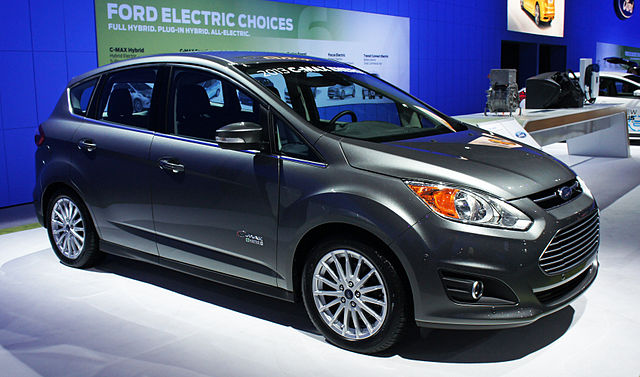Hybrid cars have been around for years now, but if you take a look at the latest electric models available many of them are advertised as “plug-in hybrid” cars. What’s the difference between regular hybrids and plug-ins?
Hybrids
Generally, hybrids a
How do Plug-Ins Work?
In a conventional hybrid vehicle, the car carries a battery pack that can be charged by additional components already carried within the vehicle. These could include electric generators, or power derived from actions like braking. For example, the car brakes; that braking energy is captured and stored in a battery pack as electricity; the stored electricity can assist the vehicle’s gasoline engine, usually giving it a boost during acceleration. The gasoline engine remains the primary source of power in a hybrid car.
In a plug-in, the electric motor is the primary power source, with the gasoline engine providing back-up. Once the electric charge is depleted, the gasoline engine kicks in. A plug-in hybrid can be charged in any wall outlet, whether at your home or at a charging station. A plug-in’s additional battery power allows it to travel longer distances without the need to burn any gasoline. As a result, plug-ins are often more efficient than traditional hybrids.
Advantages of Plug-Ins
The extra electric capacity of a plug-in hybrid means that its primary advantage is that it can cover greater distances than a regular hybrid without using a drop of gasoline. Burning no or little gasoline helps protect the environment by reducing the pollution that causes smog and climate change. Because electricity is cheaper than gasoline, a plug-in hybrid should also save you money at the pump. If you keep track of the latest plug-ins through sources like Car Sales, our sponsors for this post, you’ll see that many of the recent models like the Chevy Volt can travel in all-electric mode for an EPA-estimated 38 miles at a time. The Volt actually can cover up to 380 miles on the combined energy provided by a fully charged battery and a full tank of gas. (See my test drive of the Volt here.)
Disadvantages of Plug-Ins
Although you’ll save money driving a plug-in hybrid, they do cost more upfront. For example, the Ford C-Max Hybrid gets around 45 mpg in the city, 40 mpg on the hwy, and costs around $21,000 USD. The Ford C-Max Energi Plug-in (pictured above) gets around 108 mpg in the city, and 92 mpg on the highway, but costs around seven thousand dollars more. One way to decide if the extra cost is worth it is to calculate how many miles you drive and how much money you’ll spend or save on gasoline by purchasing either vehicle.
Plug-in hybrid batteries, which are lithium ion batteries, cost more to manufacture than regular hybrid batteries and need to be replaced more frequently, so that is another expense to calculate when considering your options. And remember: neither vehicle is fully electric, so you will still need to use gas from time to time, and take care of regular engine maintenance issues such as oil changes. Plug-ins are great for saving money around town, but if you’re planning a long-distance road trip or have a long commute, you’ll need to switch to gasoline mode, which means you’ll still be buying some gas.
The Bottom Line
Both hybrids and plug-in hybrids offer a wide range of advantages. They often come with outstanding mileage rates, and can save you money at the gas pump over time. Plus, they reduce air pollution and climate change, making them better for people as well as the planet. My suggestion is to go to a dealer who sells both hybrids and plug-ins. Take them both for a test drive, then do some calculations to figure out how much money and gas you’ll save with each vehicle. Choose the vehicle that best matches your desire to be a good green citizen as well as your pocketbook.
NOTE: Sponsors help us bring you useful content at no cost to you. Our opinions and recommendations remain our own. Thanks.
PHOTO CREDIT: Wikimedia Commons; Mario Roberto Duran Ortiz

















1 thought on “Plug-In Hybrids: Pros & Cons”
Hi, i think that i noticed you visited my blog thus i got here to ?return the want?.I am trying to find issues to enhance my site!I suppose its good enough to use a few of your ideas!!
Comments are closed.